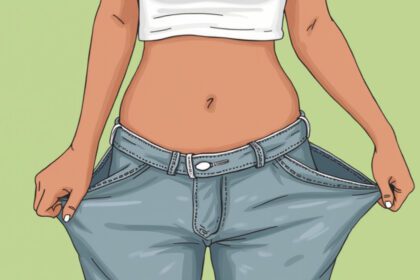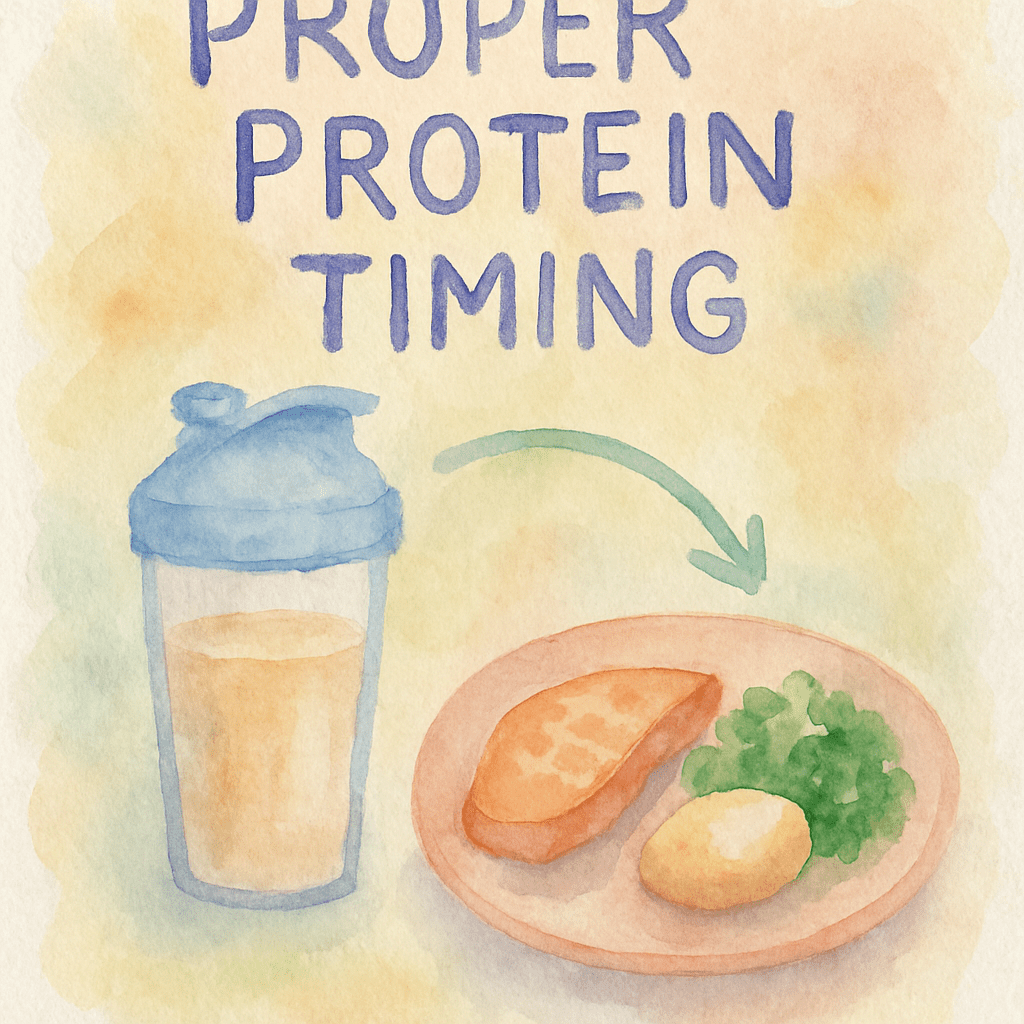For an athlete or anyone who is very active, rest and recovery is vital to stay in shape and decrease the risk of injury. Aside from rest, one of the key factors that plays into recovery is nutrition. The body utilizes food and converts it into ATP in various ways. The major pillars supporting a great nutritional regimen are nutrient timing and distribution. Although eating healthy foods benefit the body, we must also consider the frequencies and portions consumed throughout the day. More specifically, we need to understand how protein consumption timing and distribution may enhance hypertrophy for athletes engaged in resistance training. We will examine what happens to muscles during resistance training and how muscle protein synthesis may benefit from protein consumption. The anabolic window will also be explained to help maximize metabolic protein synthesis.
Let’s first examine what happens to skeletal muscles during resistance exercise. In resistance training, the muscle tissue begins to break down. This damage occurs more dramatically during the eccentric portion of the lift. This process is also known as muscle protein breakdown. As the muscle tissue begins to microscopically tear, it disrupts the surrounding organelles. This disruption alerts satellite cells (outside of the muscle fibers) to rush to the damaged area to rebuild by replicating and maturing. Replication gives the satellite cells the ability to fuse with the muscle fibers and create a handful of new contractile muscle protein strands. As the body begins to replace the lost muscle tissue, a soreness may be felt for a couple of days. This sensation is known as Delayed Onset Muscle Soreness (DOMS). The new muscle protein strands are created will result in an increase in muscle size and power. This progressive, repeated process is known as hypertrophy. This is the fundamental goal for avid gym-goers and athletes who want to increase muscle mass.
Of all the micro and macro nutrients contained in food, protein is one of the most important. When the muscles experience micro-tears, the process of recuperation uses protein to create new muscle fibers. This process is called muscle protein synthesis. This is a metabolic process where amino acids are integrated with skeletal muscle proteins to rebuild lost muscle tissue. A 2022 study stated that both muscle protein breakdown and synthesis occur simultaneously. More specifically, a 2012 study detailed the overall physiological process: During muscle protein synthesis, methionyl-tRNA binds to a ribosomal subunit which results in the creation of a pre-initiation complex. This product then binds to mRNA, which allows an imitation factor 5 to remove a regulator called eLF-2 while a guanosine triphosphate is hydrolyzed. This releases a product known as eLF-GTP. This product is then recognized and bound to an eLF4F molecule where mRNA replication occurs.
The 2012 study further stated that this lengthy process is regulated by leucine, a vital amino acid found naturally in protein. Leucine interacts with the rapamycin pathway which ultimately increases mRNA translation encoding during protein synthesis. Leucine is the catalytic factor in muscle protein synthesis. A 2008 study supported this phenomenon. Researchers experimented with three groups. One group consumed a carbohydrate beverage, another group consumed a protein and carb beverage, and the last group consumed leucine in addition to the other two nutrients. The results concluded that leucine is a determining factor in protein synthesis, because the group who consumed it had the greatest net protein balance.
According to a 2017 study, maximal muscle protein synthesis occurs when ingesting 20 to 40 grams of protein every three to four hours. On an average eight-hour sleep schedule, consuming protein evenly distributed between breakfast, lunch, and dinner will optimize the processes of protein synthesis. A 2014 study supported this idea. The researchers found that muscle protein synthesis was 25% higher when evenly distributing 30 grams of protein throughout each meal. It is important to note that muscle protein synthesis occurs from meal to meal, and not day to day. This tends to explain why ingesting protein with each meal is essential. A 2013 study further supported this evidence. Researchers found the participants that consumed four 20-gram doses of protein every four hours had higher increases in myofibrillar protein synthesis than the groups who consumed eight 10-grams of protein every 90 minutes, or two 4-gram doses of protein every six hours. Both studies concluded that evenly distributing 20–40-grams of protein throughout each meal is an effective way to optimize muscle protein synthesis.
Apart from proper protein timing and distribution, the implementation of resistance training is also important. Immediately after an exercise bout, there is a period of 15 to 45 minutes where consumption of protein and carbohydrates is the most effective in muscle protein synthesis. This period is called the anabolic window of opportunity. A 2001 study demonstrated this phenomenon. Results showed that the participants who immediately consumed protein immediately after exercise had muscle fiber size increases up to 25%. The participants who consumed protein over two hours after showed no change in their muscle fiber size. This evidence suggests the anabolic window of opportunity is vital to maximizing muscle protein synthesis.
Protein synthesis appears to be significantly improved when protein/nutrient timing and distribution is maintained. Multiple studies in the past have shown the positive effects of this principle. Hypertrophy has been the greatest when consuming 20-40 grams around every four hours. Despite this, this area of research is still relatively new and ongoing, and continued research is warranted.







































